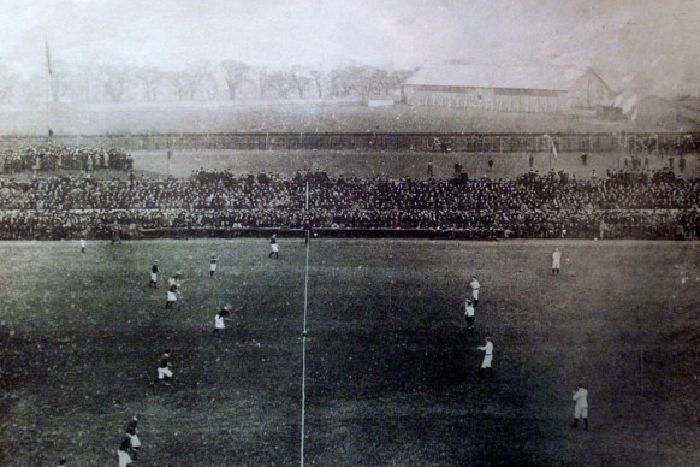On March 27, 1871, the first-ever international rugby union match unfolded. Scotland and England, two nations with a rich sporting heritage, faced off in a historic showdown at Raeburn Place, Edinburgh. This significant event was born from a challenge issued in Bell’s Weekly on December 8, 1870, a call that would forever change the course of rugby history.
The inaugural international rugby match was a spectacle of its own, distinct from the modern game we know today. Each team fielded 20 players, a stark contrast to the standard 15. The absence of referees, replaced by two umpires, one from each team, added a unique twist to the game. The scoring system, emphasizing goals over tries, was another intriguing feature. Amidst a crowd of 4,000 eager spectators, Scotland etched their name in the annals of rugby history. Their victory, marked by a try and a converted goal, was a moment of triumph that resonated with every onlooker. England’s inability to score only added to the drama, making this match a truly unforgettable experience for all present.
This match wasn’t just about national pride—it laid the foundation for international rugby as we know it today. It fueled the sport’s growing popularity and paved the way for major tournaments, from the Home Nations Championship (a competition between the four Home Nations: England, Ireland, Scotland, and Wales, now known as the Six Nations) to the Rugby World Cup, the pinnacle of international rugby competition.
Key Facts:
- First international rugby match: Scotland vs. England, March 27, 1871.
- Venue: Raeburn Place, Edinburgh.
- Team size: 20 players per side (modern rugby has 15).
- Scoring system: Unlike today, Scotland won with a try and a converted goal.
- Impact: Inspired future international competitions- shaping the global sport.

